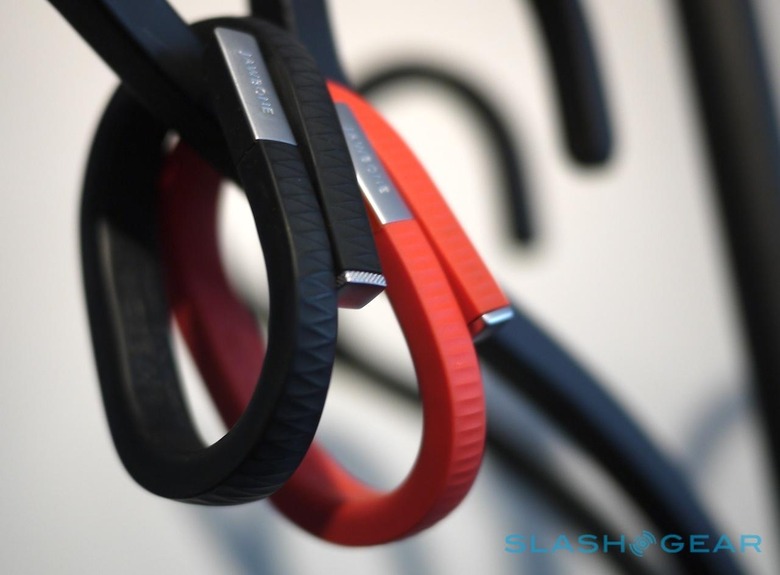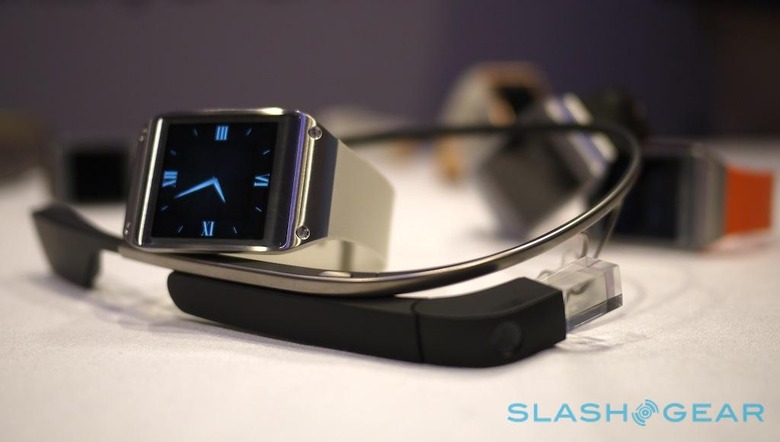Intel Talks Wearables: Fashion Forward, Tech Behind
Intel isn't leaving its wearables push to chance, looking to the world of fashion in order to do what its executives claim nothing else in the segment has managed: build an emotional relationship without compromise with the wearer. "Today the smart wearables we see on the market are very much led by technology companies," Ayse Ildeniz, VP for business development and strategy in Intel's New Devices Group said today during a CES 2014 roundtable. "Whereas, the things we wear are very personally-led: we somehow get very attached to them." To try to build that emotional stickiness, Intel is being very clear on its limits: unlike the do-everything approaches of Samsung, Pebble, and others, it's going to focus on the chips and leave the rest to the fashionistas.
That means bringing on-board fashion types, with Intel turning to design group Opening Ceremony, the Council of Fashion Designers of America (CFDA), and luxury retailer Barneys to deliver the style and – perhaps most importantly – the audience it needs.
"The intention is to create a common platform where there is some interaction and alignment between the [fashion and technology] industries" Ildeniz said of Intel's plans. However, "from this perspective the fashion industry should be in the driving seat."

Intel is no stranger to being providing the beating heart at the center of consumer technology and getting little more than a case sticker on the outside to show for it: not for nothing is it the main player in notebook and desktop processors. While the temptation might be to try for greater control in wearables – and the company isn't shy of rolling out concept designs, such as heart-rate monitoring earbuds and an intelligent earpiece – in the hope of avoiding playing a game of catch-up as it is in smartphone and tablet chips, the New Devices Group says it's resolute in being a facilitator not the leader.
"Intel Labs has a broad number of initiatives under way and we think we have a broad number of things we can mine for the fashion industry" group VP Steve Holmes pointed out. "Wearables is a very broad category, there are certainly fabrics but there are also accessories like watches, bracelets, earpieces ... I think the real question is what are the kind of things that the fashion industry wants to delivery, and then we'll figure out how to do it."
That puts a big chunk of responsibility on the designers, then, to come up with something that bucks the trend in a segment that – so far at least – has tended toward chunky rubber fitness bands and an "80s Rolex" aesthetic at best.
"If the customer loves the product, that's step one. And I do think the fashion customer does love technology, it just hasn't been bridged yet, but the luxury fashion customer is using every piece of new technology that comes out, is very savvy with emerging trends, and if we can create something which is both beautiful but has some function from all of our smart devices that makes our life more useful, then I think our customer will respond to it" Matthew Woolsey, Senior Vice President, Digital, Barneys New York
Taking initial responsibility for that will be Opening Ceremony, a fashion house with a track history that includes working with Yoko Ono and on movie costumes for releases like Spike Jonze's Her, and has long worked with independent design collaborators. "It's basically about making a piece of technology that makes your life effortless and looks beautiful at the same time" Opening Ceremony co-owner Carol Lim said of the collaboration.
"The designers have a very strong opinion and a strong point of view" CFDA director of strategic partnerships Adam Roth added. "They have a strong aesthetic and they know their consumer. They want to make something that's beautiful and that also has a function."
That design-first approach feels at odds with how some other companies have approached wearable tech. Intel isn't saying exactly what form-factor its first products will take – whether wrist-worn or elsewhere – but so far the big technology names in the industry have generally looked at functionality first and then built a design, for better or worse, around it. Intel and its fashion partners aim to turn that on its head.
"I think that a lot of the functionality we've talked about is going to be very appealing, but I think the design is going to be something the consumer will engage with" Matthew Woolsey, senior VP of digital at Barneys New York explained, "the quality of the design speaks to us first, and speaks to our customer first. Achieving the design first will allow the customer to begin to build that emotional relationship in a way that hasn't happened yet in wearable technology."

Of course, there's a big difference between selling clothes and selling smartwatches, and there's rightly a question around how Barneys – and presumably other retailers after that – will address educating fashion customers with the complexities of wearables. Products like Pebble, the Galaxy Gear, and Jawbone's UP24 are generally sold in tech stores like Best Buy or carrier outlets, where the point-of-sale staff – and the people who come in – have some level of existing understanding.
According to Woolsey, however, that may not be too different in overall ethos to how Barneys approaches the retail experience, even if until now it's been more about clothing and luxury accessories. The store's approach is about defining a story about each product, with shoppers keen to recognize and understand the providence of what they're buying. "I think you get the situation where, as a luxury retailer, the story of the product is so critical to the consumer decision making," Woolsey said, "and the emotional decision process within the product journey, and I think that precedent and experience will really play into the wearables space."
"I think that for us, the notion of the product leading the way, and the design, I think that our customer wants a beautiful aesthetic thing that is delightful and beautiful" the Barneys exec explained. "We have in our stores so many different stories, whether it's new craftsmanship, new modes of manufacture, but it's always about the product."
If it sounds like anything, it's the potential tipping point in wearable tech that some have suggested Apple might deliver with its much-rumored iWatch project. The geek crowd has embraced technologies like Pebble, UP24, and even – if a little grudgingly from some quarters – Google Glass, but the mass market has not, and there's a strong argument that it's looks not abilities which is holding that back.
Intel and its partners are confident that they have the answer to that, each working to its own strengths rather than one company trying to do everything itself.
"I think if you can deliver a product that stands on its own as a design element, then once you achieve that and get over that hurdle, once you can make that aesthetic presentation, then the technology follows" Woolsey concluded. "I think that's the way that we can really engage in the fashion space."
